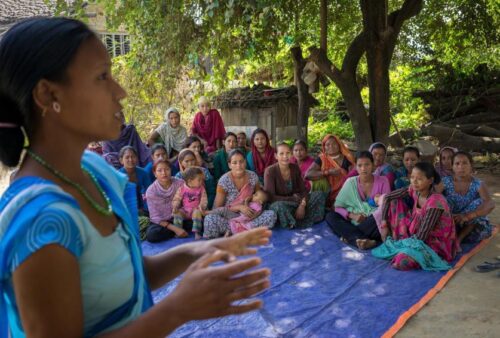Challenges and Opportunities for Urban Women’s Economic Empowerment
Rapid urbanization creates a range of opportunities and barriers for women to achieve economic growth and prosperity. This brief examines the unique challenges that each pillar of the Women’s Global Development and Prosperity initiative (W-GDP) must address for women in cities and what policies USAID and governments might pursue to improve women’s access to cities’ economic opportunities.
